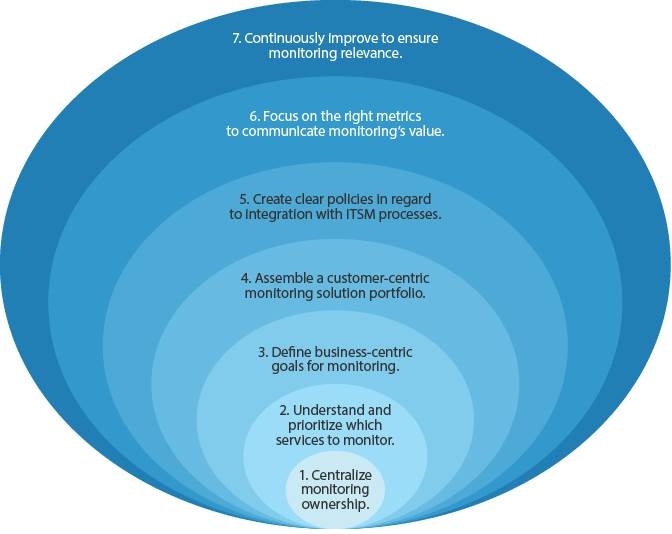Cyber Monday is one of the biggest days for online shopping transactions in the business year. Cyber Monday is part of the holiday season, which Forrester defines as November through December and as our recent retail forecast report for 2013 points out – we expect online sales to top $78 billion in the US alone. Cyber Monday is not just a US event though, as even in the UK spending is forecast by Sage Pay to be more than £500m for this one day alone.
These figures highlight how digital our world has become. There is no need to go out in the cold or the rain as purchases can be made via mobile devices at any time or anywhere. This move to the digital world means that for many consumer retail companies, their websites and increasingly their mobile apps are now key to their success as they are becoming a major revenue and brand image contributor.
This means, from an IT perspective, it's essential that the business technology management strategies (people, process and technology) for these digital offerings meet the experience requirements of revenue generating customers.
With this, I believe that the foundation to good business technology management is your monitoring strategy, and a couple of weeks ago my report Guarantee Business Value From Technology Monitoring went live on Forrester’s website. The report outlines a blueprint for holistic business technology monitoring based on my own practitioner experience in this space plus a number of primary research interviews that I carried out in July and August this year.
In summary:
Steps 1-3 focus on best practices in regards to governance of monitoring strategies, centralizing monitoring functions and integrating with Service Desk or wider customer service operations.
Also step 2 addresses exactly what is to be monitored and what defines a healthy digital offering, because it's not just performance and availability; as application design or Human Computer Interface (HCI) is equally important. A mobile app or website may be up and seemingly performing well but what matters is your customers' perception of this.
Steps 4-6 focus on choosing the right monitoring technologies to be part of your business technology monitoring portfolio. The reality is that one solution will not provide all you need, plus with the rapid growth in Application Performance Management (APM) and related analytics solutions, decisions here are crucial and can be daunting. My advice is to focus on end-to-end or system wide monitoring with particular focus on how you are going to monitor the customer’s experience of your digital offerings.
Also what needs to be addressed is how these solutions will be integrated into your existing technology service management (ITSM) practices. Will the service desk have automatic tickets generated? What detail will they be provided etc.?
Equally important is step 6 in making sure that the solutions are able to convey information in context to their audience.
Finally step 7 is all about continuously reevaluating your approach to monitoring and ensuring that new digital offerings or changes are being monitored appropriately. Your monitoring approach should also be able to feed valuable insights back to your business as these could potentially be used to tailor new competitive strategies.

John Rakowski is Analyst, Infrastructure and Operations, at Forrester.
Related Links:
Forrester: 2013 Online Holiday Retail Sales To Hit $78.7 Billion






